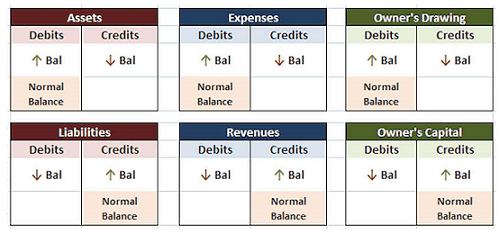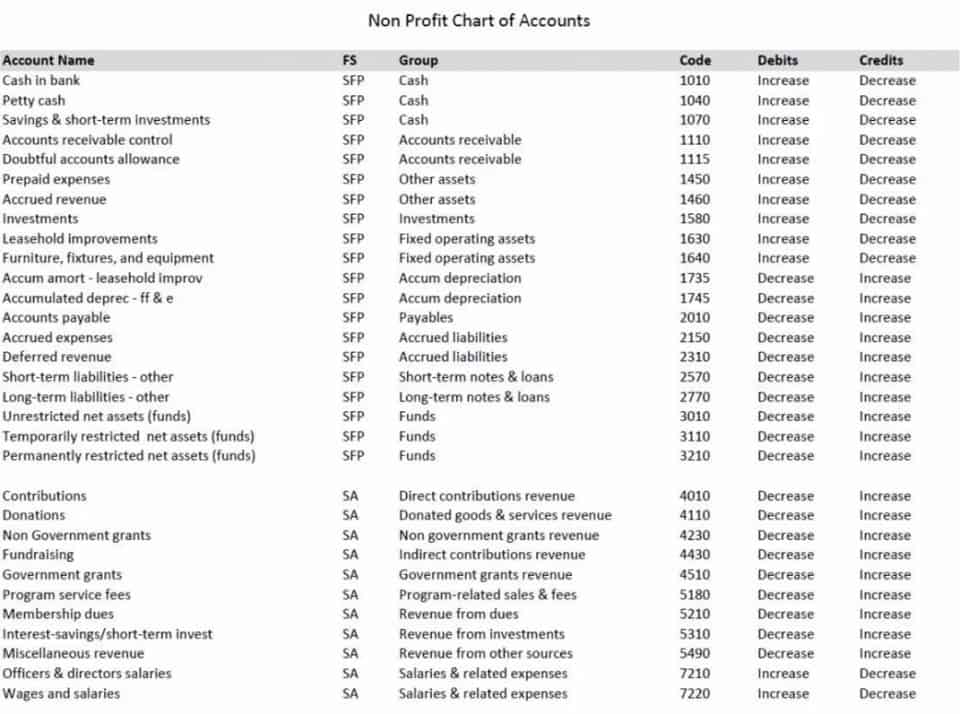
Vertical analysis, on the other hand, focuses on a specific period of time and studies the proportions of the total amount represented by the different variables for that period. Horizontal analysis evaluates performance trends, while vertical analysis allows benchmarking to industry averages. Smith’s 2021 study revealed that companies employing both techniques reduced financial discrepancies by over 30% compared to relying on just one. This article provides an in-depth overview of horizontal and vertical analysis, explaining the key differences, formulas, and benefits of each technique. If we take historical data of the financial statements of a company for year 1 and year 2, then one can compare each item and how it has changed year-over-year.
- Horizontal analysis focuses on comparing absolute amounts and percentages across different time periods, typically over the course of years.
- The three key components of financial statements used in horizontal analysis are the balance sheet, income statement, and cash flow statement.
- Per usual, the importance of completing sufficient industry research cannot be overstated here.
- However, the gross profit increased by 2.6% from Rs 173,937 million in 2023 to Rs 178,329 million in 2024.
- You’ve got your numbers, you’ve done the math, but there are still some landmines that can blow up your carefully crafted analysis.
Percentage Comparison
- A third limitation is that horizontal analysis exclusively examines past performance in retrospect.
- This article provides an in-depth overview of horizontal and vertical analysis, explaining the key differences, formulas, and benefits of each technique.
- In this GKSR example above, we can identify the YoY growth rate using a horizontal income statement analysis.
- By comparing financial results from prior periods with those from more recent periods, a company enhances its capacity to determine the direction and magnitude of account balance movements.
- This detailed understanding helps investors make more informed decisions about buying, holding, or selling their shares.
To illustrate, consider an investor who wishes to determine Company ABC’s performance over the past year before investing. Assume that ABC reported a net horizontal analysis formula income of $15 million in the base year, and total earnings of $65 million were retained. The company reported a net income of $25 million and retained total earnings of $67 million in the current year.

Pros of Horizontal Analysis

The concept emerged from the need to track financial metrics across reporting periods to spot variances and identify performance patterns. Some of the earliest documented uses of horizontal analysis date back to the 1920s and 1930s when accounting textbooks and publications began covering it as an important analytical approach. Its use expanded over the following decades as more companies adopted annual financial reporting and analysts needed tools to compare statements. The rise of spreadsheet software in the 1980s and 1990s made it much easier to apply horizontal analysis, further boosting its adoption. A notable problem with the horizontal analysis is that the compilation of financial information may vary over time.
- Given below is a horizontal analysis in excel of a comparative income statement (i.e. year 1 – base, year 2, and year 3).
- With horizontal analysis, companies can simulate how rising costs or economic downturns affect future performance.
- Using Layer, you can also automate data flows and user management, so you can gather the data automatically, carry out the analysis, and automatically share results and reports with the right users.
- Horizontal analysis is essential for stakeholders such as investors, creditors, and analysts.
- Alternatively, the company could increase its prices to maintain its profit margins.
- The two examples below show how to do horizontal analysis using Google Sheets, but you can easily do the same in Excel.
Standard Financial Model Template

By systematically calculating the absolute and percentage changes, analysts can derive meaningful insights into the financial trends and performance of a company over time. Real-time bookkeeping revolutionizes financial management by providing businesses with instant access to up-to-date financial data, improving cash flow tracking, expense management, and profitability analysis. Unlike traditional bookkeeping, which relies unearned revenue on periodic updates, real-time bookkeeping ensures continuous transaction recording, automated reconciliation, and real-time financial reporting.

Assessing Business Performance and Financial Health
Calculating horizontal analysis involves a systematic approach to comparing financial data across different periods. The process begins with selecting the financial statements to be analyzed, typically the income statement and balance sheet. These documents provide a comprehensive view of a company’s financial activities and position, making them ideal for horizontal analysis. Once the relevant financial statements are chosen, the next step is to identify the specific line items to be compared.
And remember, horizontal analysis isn’t just about identifying trends—it’s about understanding the story your financial data is telling you. So grab your calculator and get Insurance Accounting ready to decode your financial statements like a pro. Depending on the metrics you want to focus on, you will need different financial statements, like balance sheets, income statements, or cash-flow statements. Horizontal analysis is often referred to as trend analysis, but the latter term has broader applications and is not specific to financial statements. As the name suggests, trend analysis involves identifying trends and predicting outcomes, which requires analyzing data from multiple consecutive periods. External factors such as economic conditions, industry trends, and competitive dynamics can significantly influence a company’s financial performance.
Leave a Reply